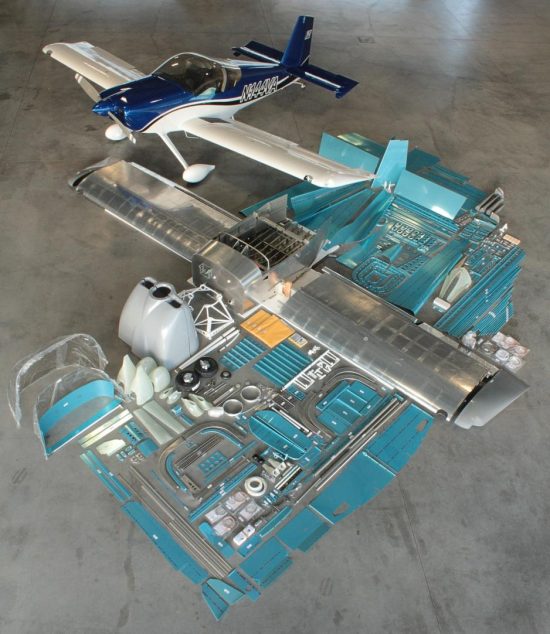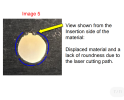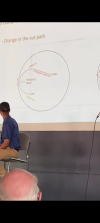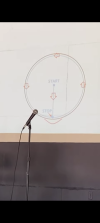As far as Van's goes, my view from the complete outside is that I don't think their leadership made any crazy decisions. Business require risk. Their model of selling parts that they would deliver later had some risk, but an advantage is that it probably let their customers fund their growth, to reduce or eliminate borrowed money. It worked for a long time. They kept their customer base by not putting in clauses that would let them arbitrarily increases prices after the orders were placed, which I'm sure helped sales, but it was an additional risk. A safer bet for the customers, as long as the company stays running. But it worked for a long time.
Then...costs go up, apparently quite a bit, and delays happened, and it put them in a big crunch. Maybe no way to negotiate the existing contracts. So it sounds like they took another couple of risks, in outsourcing manufacturing overseas, and in changing manufacturing methods. Sounds like both of those things went sideways, and made things worse. But that doesn't mean they weren't decent things to try. My guess would be they underestimated the impact and risk of those changes.
As far as accountant running things, I'd say that's maybe one of the reasons why our economy is falling apart. Maximizing profit for the next month or perhaps long term of 6 months, reducing production cost by moving production to a country that has a 100% chance of stealing the design and producing less expensive copies themselves. A generalization overall, and accountants absolutely have a place in business, along the lines of every pilot should get a weather report before flying the plane.
I'd guess best outcome might be a reorganization, but no idea if that would be a ch 11 or something else for Vans. Something that would let them renegotiate everything with the people who they owe parts to, where the impact is hopefully spread fairly, and where they get to keep the company running and in the future profitably. I say this because my read of this is that they've been an honest company throughout, and just landed here from some mistakes on not predicting the current state of events well, and taking too much risk.
I'd guess worst outcome is someone buys whatever is left, or they have to sell it off, and there's nothing left for the community.
All guesswork on my part. My only inside insight is that I know from experience it's a lot harder to run a business than most anyone thinks going in, and that easy answers usually aren't.





